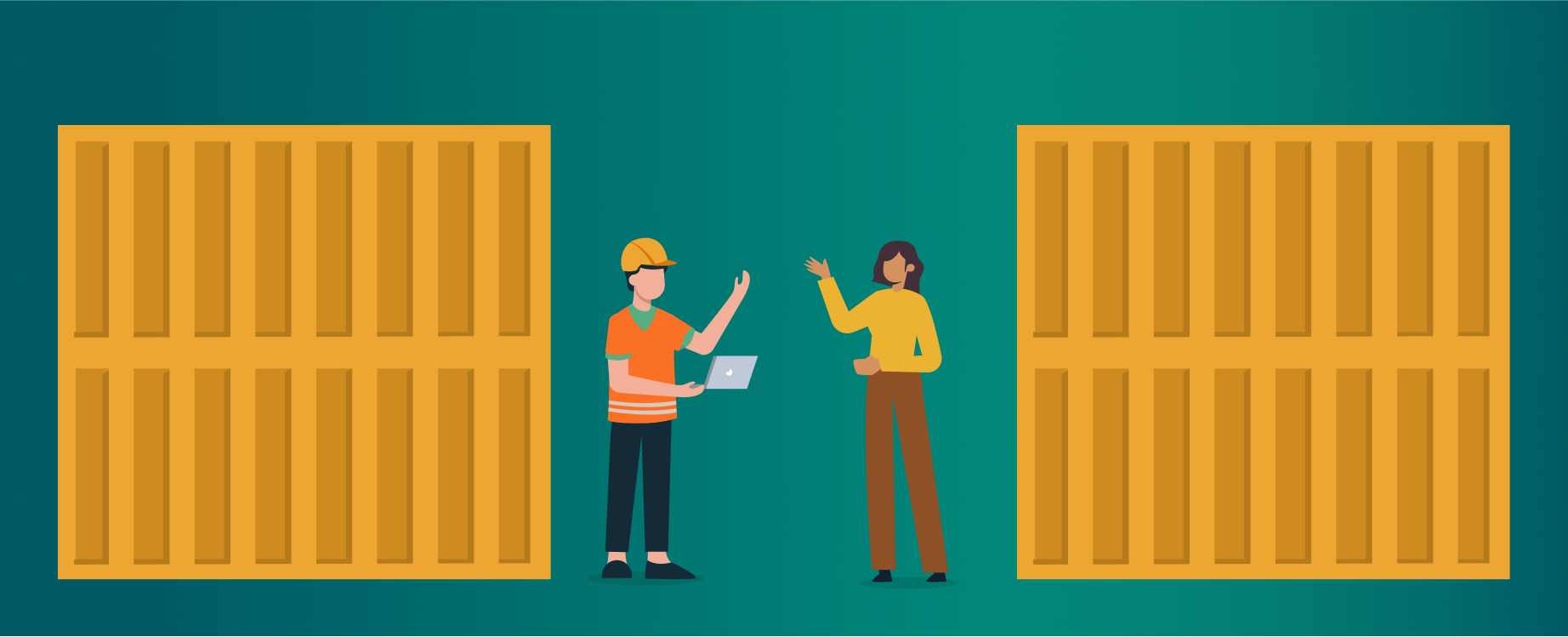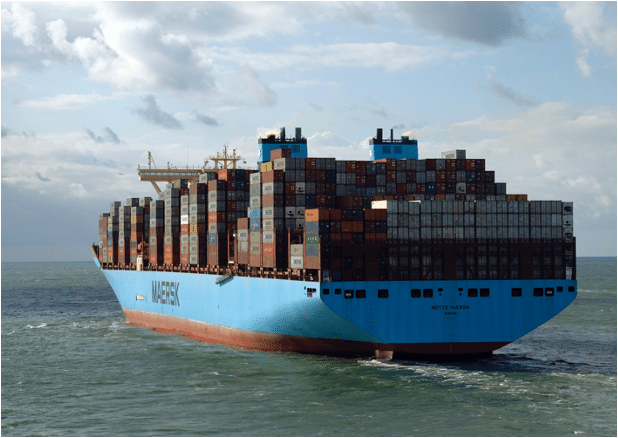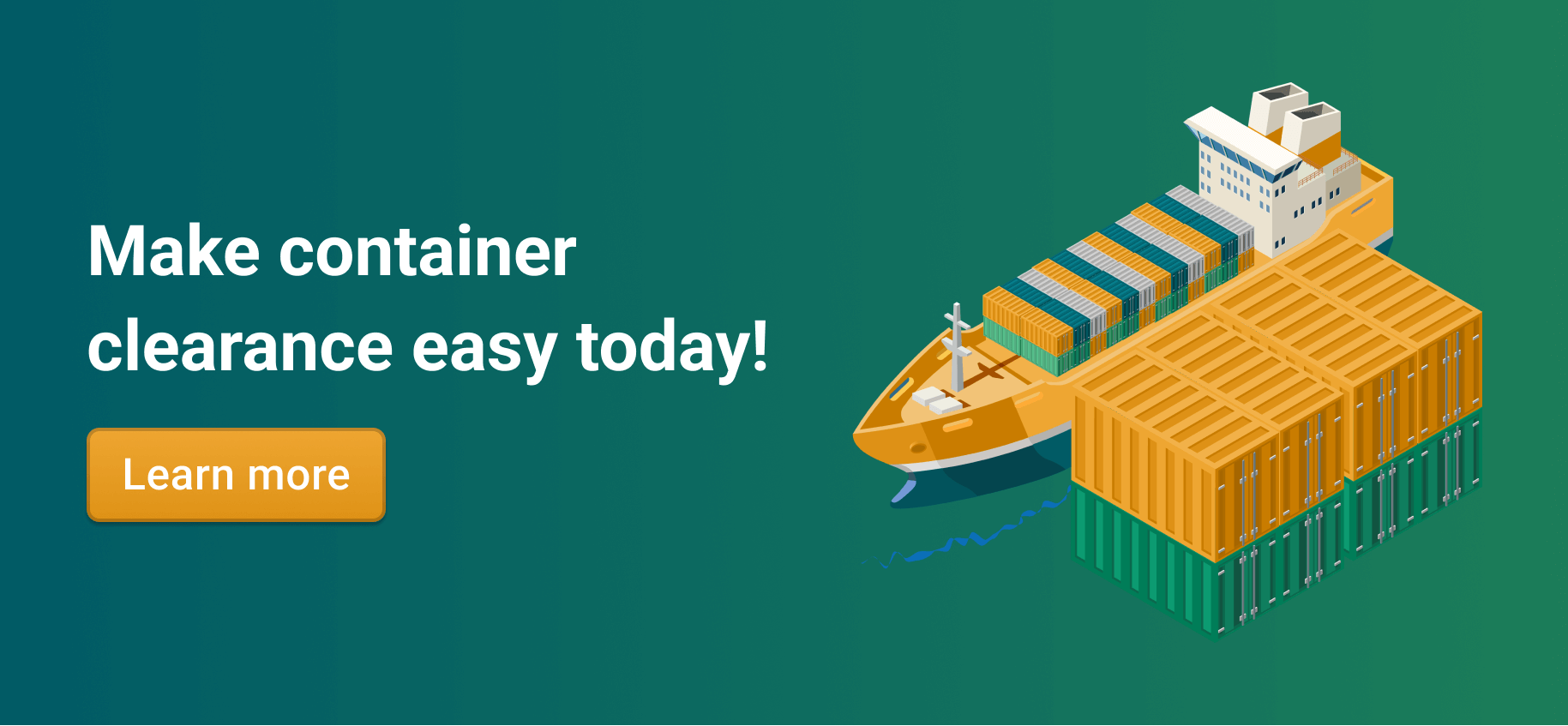The process of shipping container clearance in the industry has remained steadfast over the years, but as we move towards the world of digitalization, we find new and interesting ways to make it faster and more efficient.
Shipping container clearance can be a time-consuming and somewhat tedious process, though it doesn’t have to be. There are many ways that you can prepare for it to ensure smooth sailing throughout. You’ve got to start somewhere, right? So, let’s begin from the top:
What is shipping container clearance?

Shipping container clearance refers to the customs clearance procedure for cargo loaded as a full container and cleared by custom officials at the port. This is necessary for every container carrying imported cargo, empty ones included.
Once your box has been cleared by customs, it can proceed to its destination. However, it won’t be allowed to leave the port without this clearance. Thus, it’s essential to keep yourself updated about the documents and what they mean.
8 types of important shipping container clearance documents
Imagine you’re importing plastic bottles for your start-up bottle business back in America, but your bottles were manufactured in China. This means that each bottle will have a “Made in China” stamp somewhere. For that, you’ll need something called a Country of Origin certificate to verify that your bottles were, in fact, made in China.
Similarly, there are a few important but common documents you need for shipping container clearance:
| Commercial invoice | A commercial invoice is an export document that you show to the customs officials. They need it to verify which taxes and import duties are applicable to your cargo. |
| Certificate of Origin | Used during international trade exchange and verifies that the product is manufactured in a specific country. It acts as a stamp from the export country. |
| Bill of lading | Used as a receipt for freight services and clarifies the details of a shipment such as shipment date, exact weight, value and freight classification. |
| Buyer’s purchase order | This is an official document issued by a buyer and has a unique number, making it easy to track orders and payments. |
| Packing list | This is used to keep track of your cargo and is basically a list of everything that you’re shipping. You can also use it as a reference to the dimensions of your cargo. |
| Shipping bill | The main purpose of this bill is so that customs authorities may clear shipments and is usually filled out as an application. |
| Export license | Used as proof of approval to export a specific number of goods to specified countries. |
| Bill of entry | Tracks the cargo that comes into the customs house in detail and can also serve as an explanation as to what duties need to be paid. |
Now imagine having all of these as printed documents – you might risk losing or forgetting them at the last minute. That’s why keeping track of these things digitally contributes to a more efficient and sustainable clearance procedure. You can do this easily with Container xChange.
Digitize your shipping container clearance documents with Container xChange
Keeping up with your paperwork can be a drag, but with us, you can digitize all your shipping container clearance documents with ease. Along with leasing and buying containers under one platform, Container xChange also offers you other digital solutions to make your container logistics simpler and smarter. With us, you can track your containers, opt for secure digital payments or insure your containers and keep all your necessary documents always at your fingertips.
Digitizing your documents also helps you in avoiding container charges such as demurrage and detention. D&D is charged when you lease a container but fail to deliver it back on time as there are a set number of free days where you can return the box to the carrier. These charges can become costly, but by keeping track of your container’s whereabouts, you can manage your time better. Container Control helps you do this and more!
Shipping container clearance and Container Control
Container Control assists in risk management, supply chain security, and trade facilitation at a much faster and more efficient way. So, you don’t have to worry about flipping through documents, making endless calls or exchanging endless emails back and forth to track and be up to date with what’s happening to your box. Container Control on Container xChange offers a clear overview of all the containers you’re moving.
Using outdated resources such as excel spreadsheets only increases manual labor, but with Container Control you can:
- Simplify container operations
- Make your daily operational route faster and more efficient
- Have more control and stability in your business
- Manage everything on one platform
You can also sign up for Container Control as a standalone product and gain access to benefits such as live container tracking, upload non-xChange references and add bookings with references. Book containers and match them to the ones we already have available and manage everything online.
Let me simplify it for you:
Release reference
This feature is directly linked to Container Control and is used to receive live data from depots. You keep track in real-time and avoid the chances of delays. No delays mean you can skip out on demurrage and detention costs, plus the data is easily accessible. So, you’re saving time and money. Link bookings to release orders and track your updates as they’re uploaded – no need for any back and forth, just easy sailing!
Booking manager
With the booking manager feature on Container Control, you can manage your container bookings and track its journey as it travels to the desired destination. You’re getting complete transparency and security, so you can cut out the hassle and handle everything on one simple platform. Container Control is linked to insurance and surveying. This means we will handle the repair process if your box returns damaged.

Now that you’re up to speed about container control, let’s get back to the topic at hand:
Why is shipping container clearance important?
Imagine that there was no such thing as shipping container clearance. Without it, you’d risk extra D&D charges, your cargo would be at risk of damage, and you’d end up losing valuable time and money. Container xChange knows that in this industry, time is money. Here’s how we can help you make your shipping container clearance effortless:
Container xChange helps you with shipping container clearance
Here at Container xChange, our objective is to simplify container logistics for you. We do that by providing you with a marketplace that has it all! Think containers on demand where you buy, sell or lease more than 10k containers across 2500+ locations and negotiate deals with over 1500 trusted and vetted industry partners. Forget about going through pages of documents and waiting for hours on calls to get what you need. We help you book, manage and track your container with features such as Container Control.
Efficiency is no stranger to us – we want to make the process as effortless and seamless as possible. Digitizing your shipping container clearance documents means you’ll always have access to them. You’ll avoid tax penalties and wasting time if you misplace them. Joining Container xChange means you’ll be notified of even the slightest change related to your box. Click on the banner below to learn more.
Shipping container clearance FAQs
What is the meaning of shipping container clearance?
Shipping container clearance refers to the customs clearance procedure for cargo loaded as a full container and cleared by customs at the port. This process is necessary for every container carrying imported cargo.
What documents are needed for container clearance?
A number of documents are required for shipping container clearance. Some of them include a certificate of origin, bill of lading, commercial invoice, shipping bill, packing list, export license, and bill of entry.
Why is shipping container clearance necessary?
Shipping container clearance is necessary to avoid the risk of damaged or destroyed cargo, as well as to ensure the safety and legitimacy of the container



